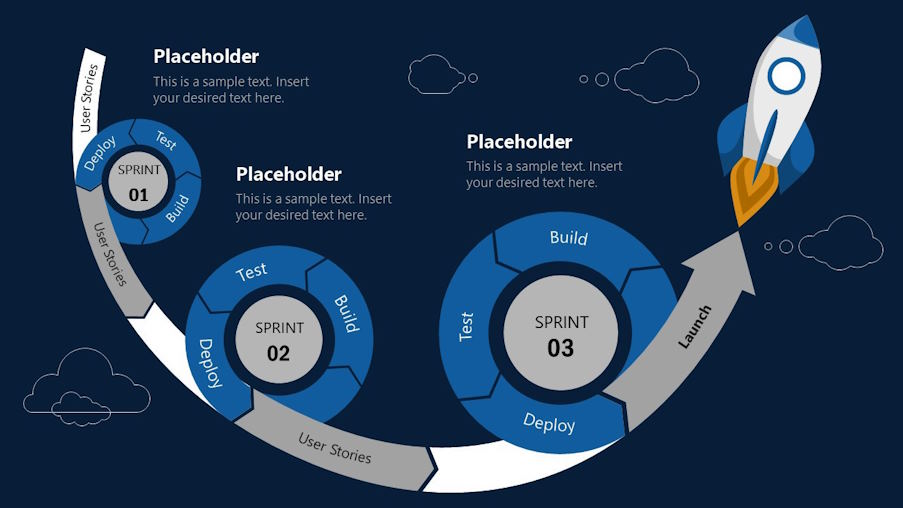Agile Software Architecture: Adapting to Changing Requirements
In the rapidly evolving world of software development, the capacity to adapt to changing requirements is crucial. Agile software design provides a foundation for this adaptability, allowing teams to create software that is rich in features while being flexible enough to manage changing needs. This article delves agile principles in software architecture and how agile software architecture enables organisations to manage changing requirements.
Embracing Change as a Constant
Agile methodology is grounded in the principle that change is an inherent and continuous aspect of software development. Unlike traditional standards where requirements are set early in the development process, agile architecture embraces change, viewing it as an opportunity for improvement rather than a disruption.

Incremental and Iterative Development
The agile methodologies in software design advocates for incremental and iterative development. This approach involves breaking down the project into smaller, manageable units (iterations), which are continuously evaluated and adjusted. Such a structure allows for regular assessment and incorporation of changes without derailing the entire project.
Collaboration and Feedback
Agile architecture heavily emphasises collaboration between cross-functional teams and stakeholders. Regular meetings, or scrums, ensure that everyone is aligned with the project’s goals and progress. Continuous feedback loops are integral, enabling the team to quickly respond to changes in requirements, market trends, or user feedback.

Balancing Stability and Flexibility
While agility is vital, it is equally important to maintain a certain level of stability in the software architecture. This balance is accomplished by establishing a solid architectural foundation that supports scalability and changes without compromising the integrity and performance of the system.
The agile strategies for software development success is critical to navigating the dynamic landscape of software development. By embracing change, focusing on incremental development, fostering flexibility in design, encouraging collaboration, and balancing stability with adaptability, agile architecture empowers teams to build software that effectively meets current and future needs.






























